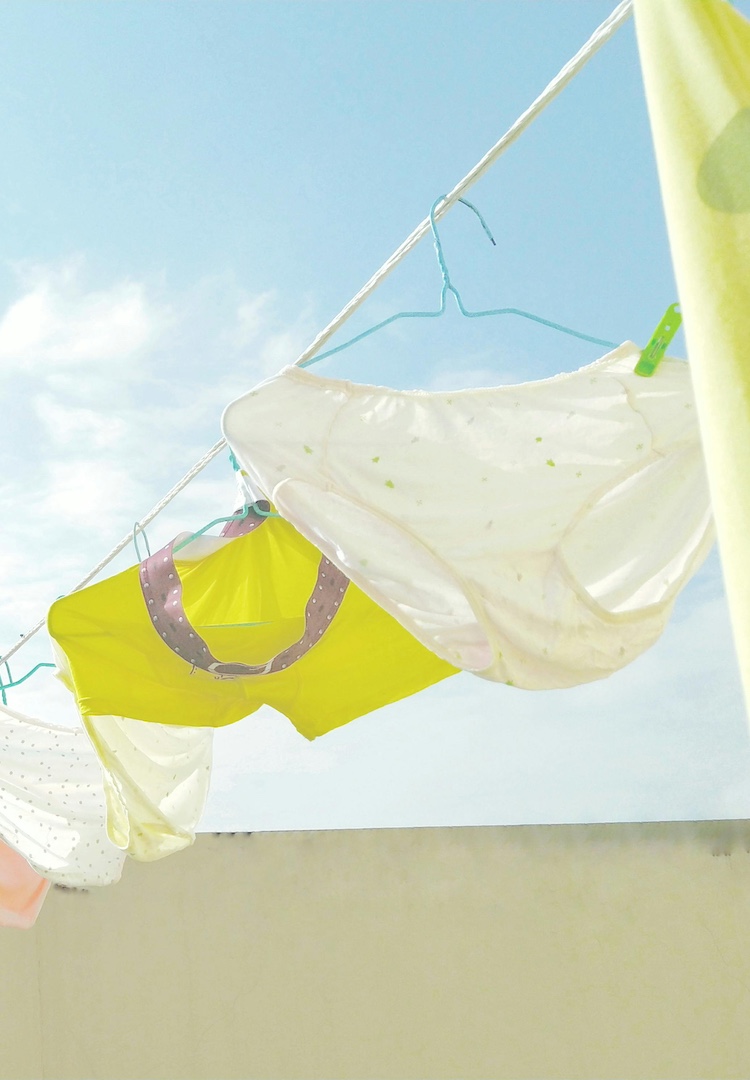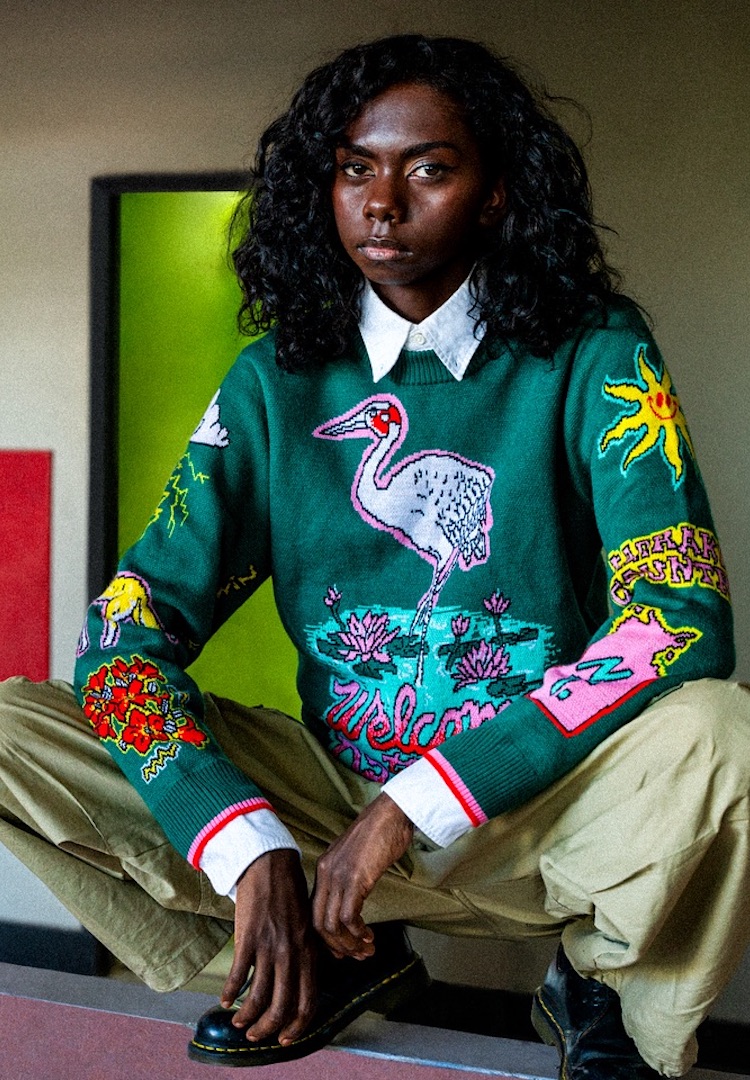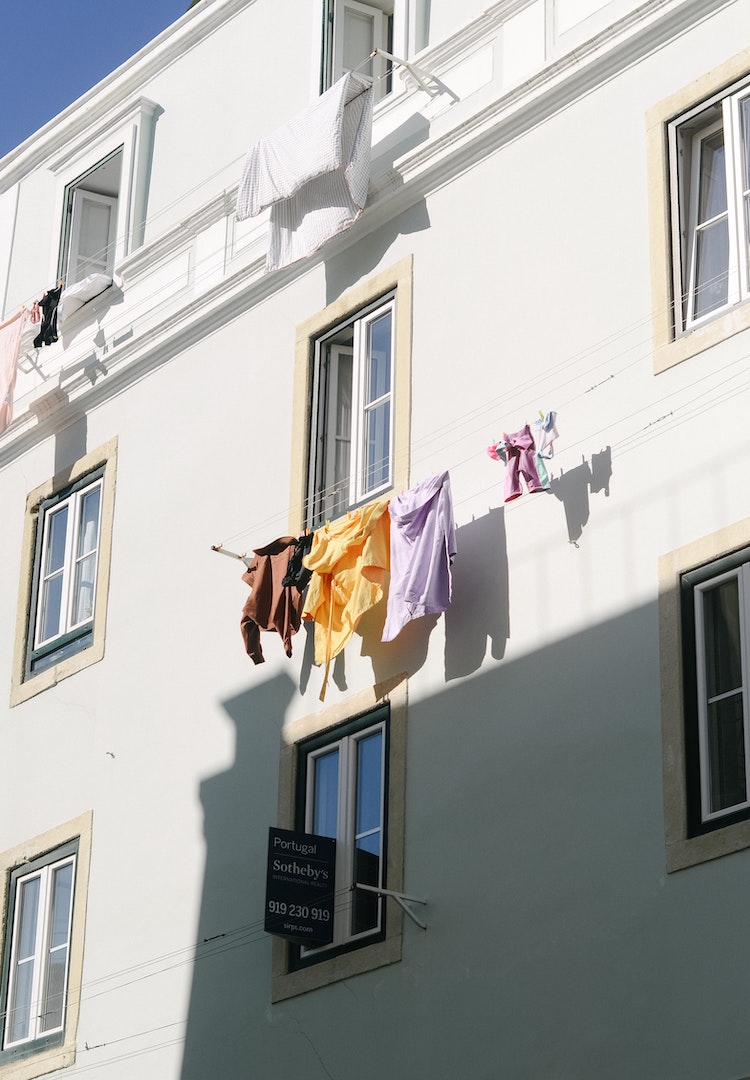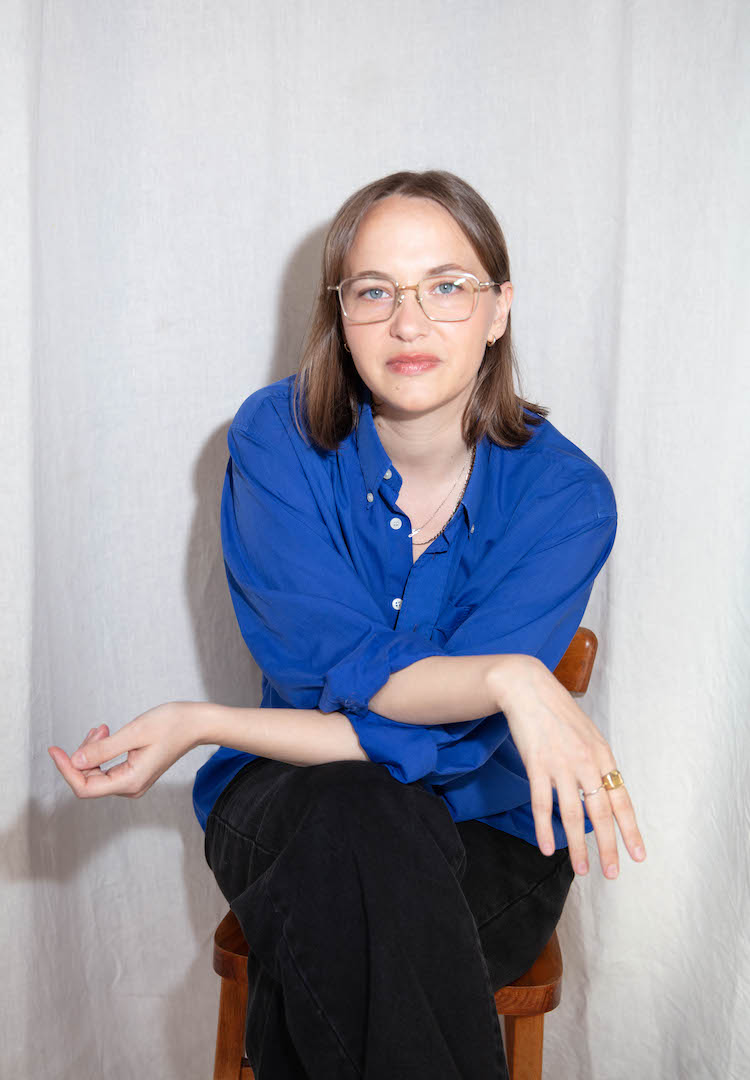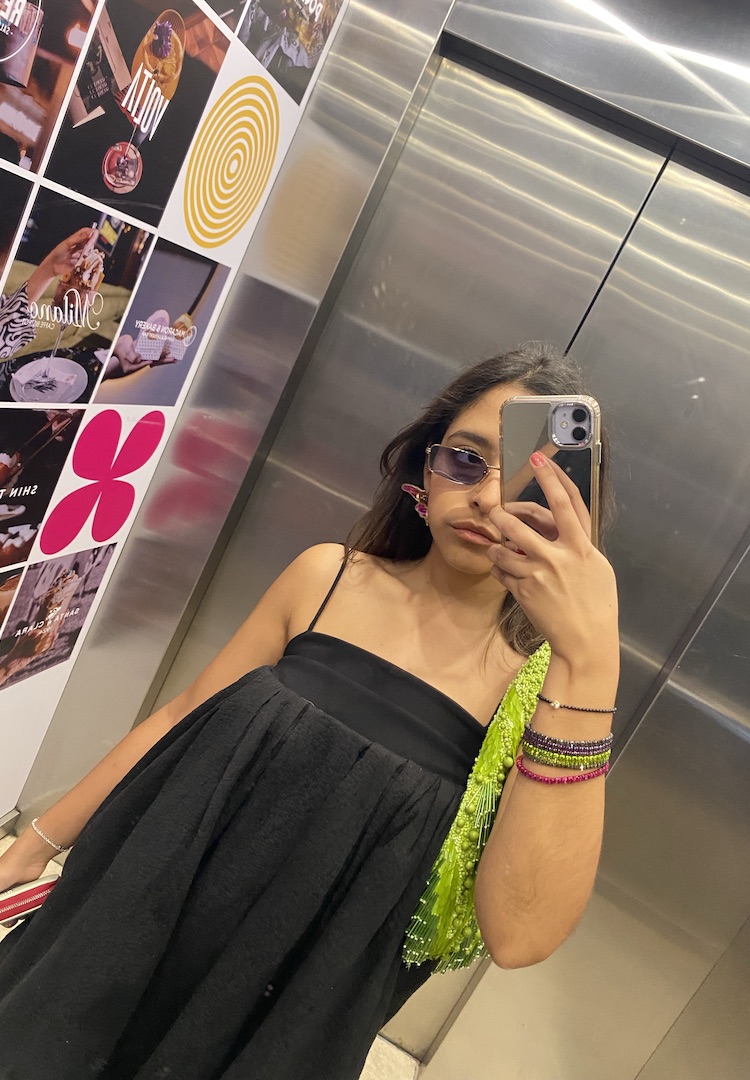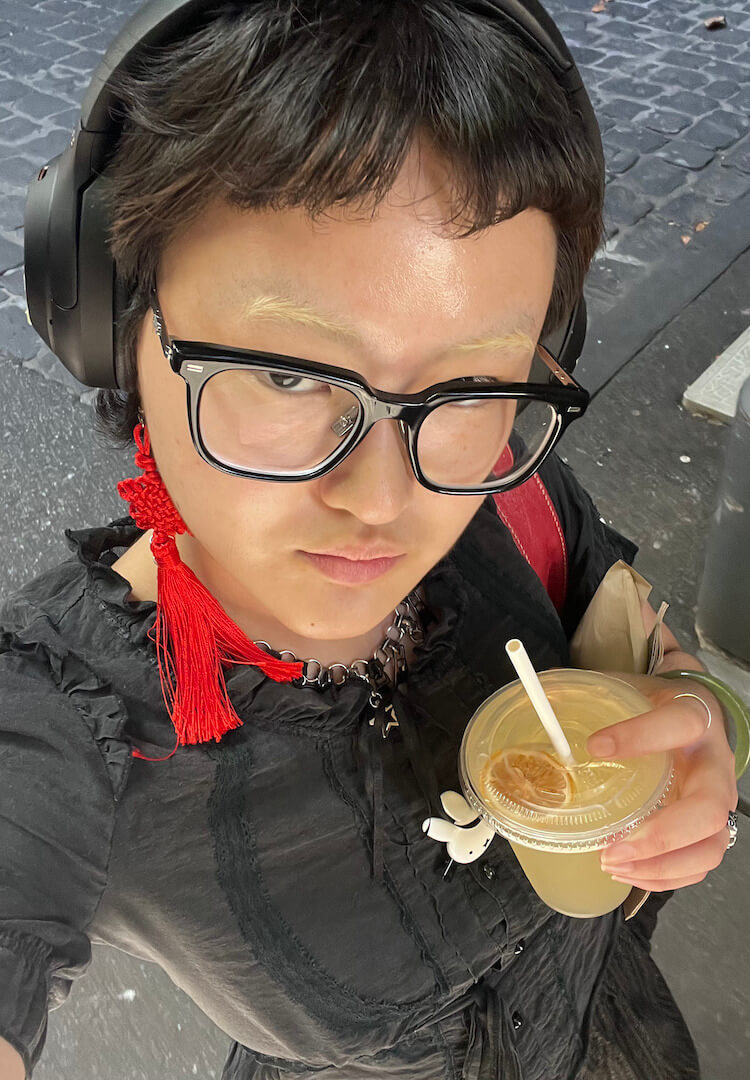Does sex still sell when it comes to women’s underwear?
WORDS BY Ruby Staley
Ethics over aesthetics.
Sex sells, or so goes the age-old saying. But does it really? The hyper sexualisation of the typically female body in advertising and media seems to have always existed, in my lifetime anyway. Even beyond the realms of lingerie and apparel, we’ve seen next-to-naked women advertising everything from cars to beer.
This kind of media predominantly exists to appeal to consumers through the adoption of the male gaze. Through this lens, women are depicted as sexual beings and fantasies.
Looking for more fashion news and features? Head to our Fashion section.
Whether it’s for a quick cash grab or the genuine improvement of female representation, in recent years we’ve started to see big brands push back on the idea that only sex sells. Adidas’ new bra ad includes a series of fully exposed breasts in a bid to not only sell bras, but show the real diversity of femme presenting chests.
In a climate where women’s (and people who were assigned female at birth) nipples are still censored on Instagram but cis men’s are freely shown, this move wasn’t widely appreciated by audiences, with some calling it ‘inappropriate’.
Maybe the ad was too shocking for a mainstream audience, or maybe it fell flat because the female nudity wasn’t portrayed in a sexualised way – in a way the majority of consumers have grown used to.
Although the answers as to why big brands are criticised for this kind of desexualised marketing are unclear, there is a handful of homegrown Aussie brands attempting to change these perceptions from the ground up.
In addition to some much-loved brands including Hara The Label, Juem and The Great Undressed, also operating in this space is Melbourne creative Keisha Dessaix, and her brand Lé Buns.
Keisha founded the brand with the aim of creating a modern underwear company that people could feel good in, and as the brand evolved it moved towards the desexualisation of both its products and promotional material. It was important to her to create a space to sell her products that avoided using overtly sexual advertising tactics that predominantly appeal to the patriarchal male gaze.
Following the female gaze
Like Adidas’ recent campaign, Lé Buns often advertises its swim and underwear collections in a way it hopes more women will feel represented by.
Keisha explains that it’s because we want to be able to recognise ourselves in underwear marketing. “[We want to] be comfortable in our own skin, our femininity, and the reality of what we are doing and feeling on a day-to-day basis in our underwear,” she tells me.
“Hypersexuality in fashion marketing derails all of that. It feeds a toxic culture that values women based on their shag appeal, rather than exemplifying our infinite non-sexual qualities and attributes.”
When Lé Buns first entered the market in 2016, the industry was even less diverse than it is now in its representation of women, and the lingerie sector was one of the main culprits when it came to hypersexualised imagery.
“I knew there was a gap in the market, as there were no direct competitors that I could align my brand identity with,” she says. “Entire product ranges from lingerie brands were dominated by impractical garments with either restrictive over-the-top lace numbers or unethical, cheap cotton options. There was nothing in between.”
Beyond the actual products available at the time, Keisha mentions that much of the advertising from her competitors relied on excessive photoshop and editing, “to the point where the shape and form of women’s bodies and skin were altered beyond recognition”.
Desexualisation sells
As a female-founded brand with an entirely female team, opting for a more natural approach just made sense. Celebrating the female form in its regular state, rather than retouching and airbrushing it, is at the forefront of Lé Buns’ marketing strategies. As a result, the brand has cemented itself as one of the best in independent Australian underwear.
“There is so much more to our garments, the people that make them, and the models and women who wear them, than a facade of narrow ideals of beauty [which] equate[s] desirability to that hyper-sexuality [the] advertising [industry] are notorious for promoting… there’s no room [in our brand] for exaggerated sex appeal.”
Of course, not all sexualisation is a negative thing. With the rise of sexual wellness trends, sex worker sites like OnlyFans and the feminist sexual liberation movement, sexuality has become a source of empowerment for many, including myself.
“Sure, sometimes we may want to be sexy in our underwear, but other times we’re going to be bloated on the couch, dealing with a heavy flow, going from work or studies, to a fitness session, or out with friends at dinner or dancing,” Keisha says.
Though Keisha agrees that celebrating sexuality is a good thing, when it comes to marketing, content that is solely sexual bores her.
“When you are staring at an advertisement or sponsored post that is hypersexualised to the point that the only message that’s translating is completely one dimensional then you have to wonder, is there anything really meaningful behind this brand or product if their content is so heavily focused on just one thing?”
Keisha mentions that this sort of advertising runs a fine line between empowering and damaging. “When content becomes aggressively excessive it’s objectifying, sexist, stereotyping and harmful. Unfortunately, we’ve all been exposed to instances of this kind of messaging… [and] it needs to be moderated and continuously reviewed to remain relevant and responsible.”
As is the nature of any industry, but particularly in fashion, we’re ever-evolving and constantly learning better ways to do things. Already noticing a significant shift in the culture towards realistic portrayals of women in advertising, Keisha thinks the future of the lingerie industry is bright.
“There are so many meaningful ways to engage with audiences rather than rely[ing] on a sex sells approach. Now more than ever is a time [where] we can choose brands with values that align with our own ideals beyond just aesthetics.”
This article was originally published on March 1, 2022.
For more on the damaging impact of hypersexualised advertising, try this.


